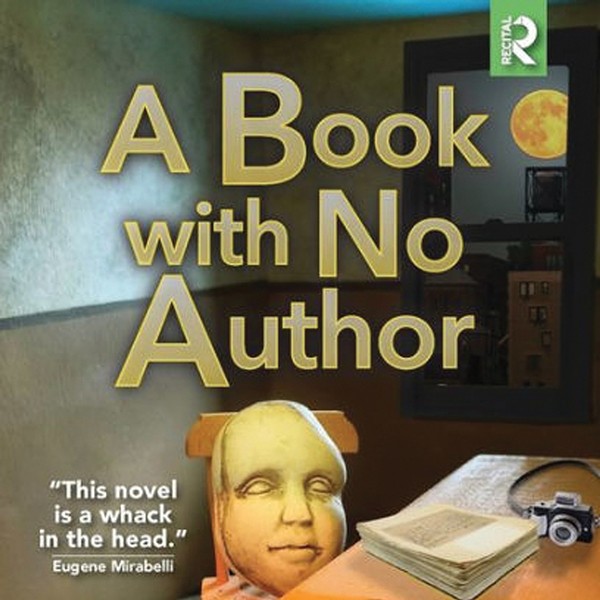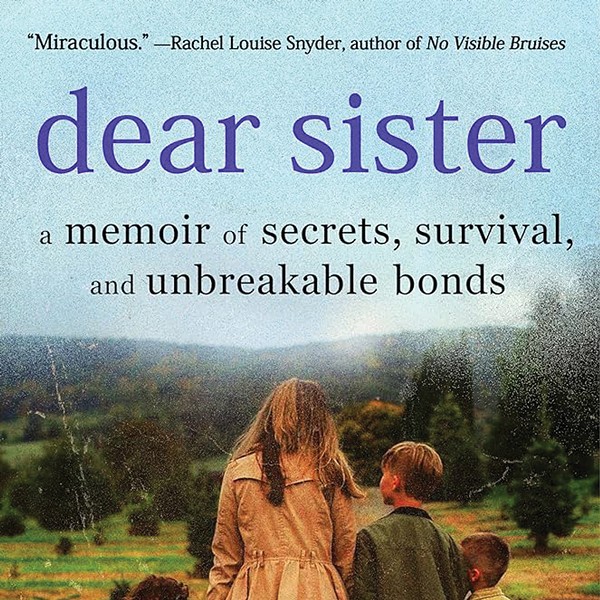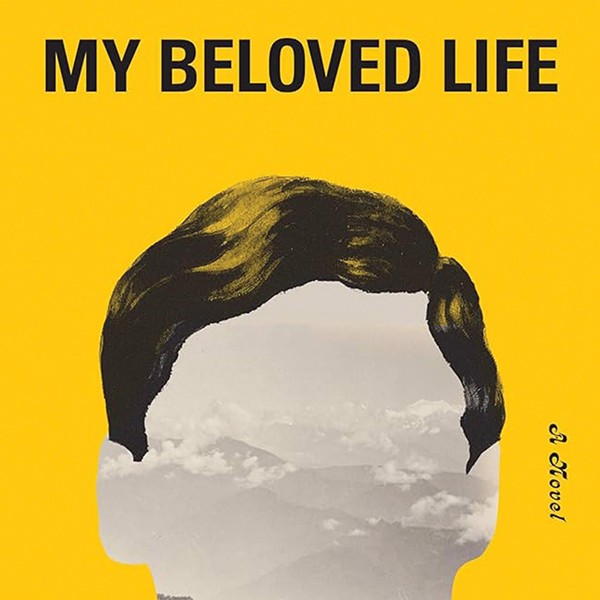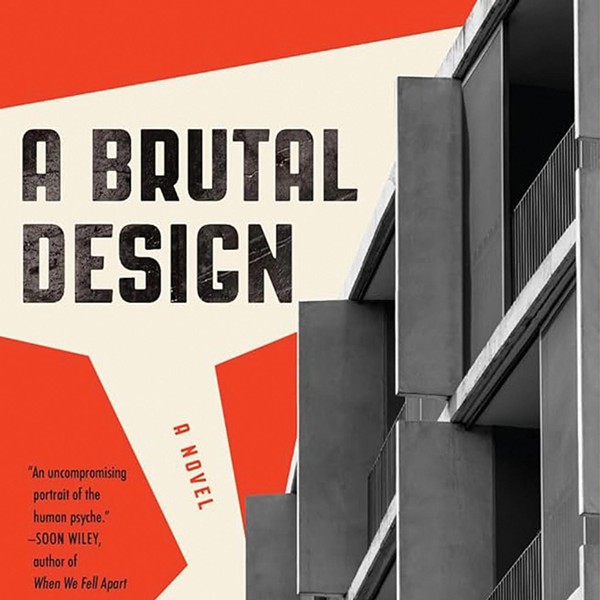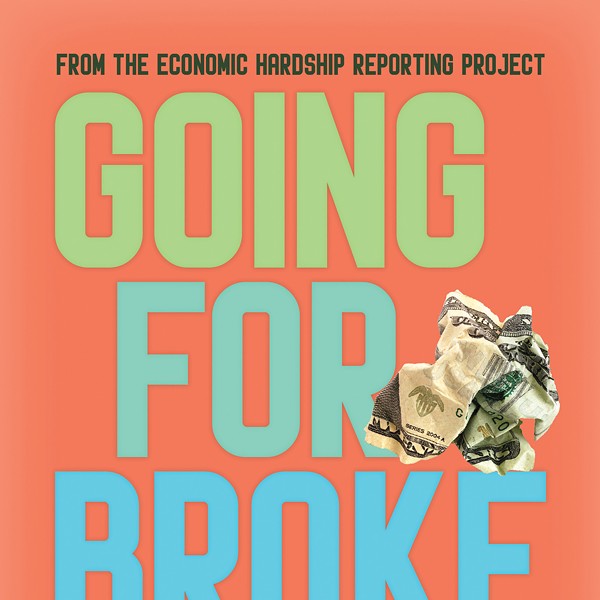Real rivers, too, invite the eye to meander, and, in the case of Dutchess County resident and design writer Akiko Busch, rivers invite her to enter the water, body and soul, to experience the sensual pleasure of swimming, to speculate, to ponder, to dream.
Her thoughtful volume chronicles nine swims across eight rivers (she swam the Hudson twice) over the course of four years. The collection begins with recollections of her early childhood in Bangkok, where her father built a small cement pool in the garden of their home, defining the perimeters of the pool by laying spread-eagle on the ground and outlining his reach in an oval shape. When three-year-old Akiko contracted tuberculosis, the family came the US for treatment. Busch does not dwell on the disease, but recollects that, as an elementary school student in upstate New York, she saw a print of da Vinci’s Vitruvian Man, with his outstretched arms and legs, and thought surely he was “planning on building a swimming pool for his daughters!” This kind of interplay between the serious and the delightful is put to good use throughout the book.
Each crossing not only provides the occasion to recall details of the swim itself, but functions as a creative springboard for meditations on a variety of diverse subjects: history (including Native American history), literature, poetry, natural science, philosophy, art, ecology (especially efforts at reclaiming and healing rivers and riverfronts), psychology, and that mixed bag of critical analysis: self-examination.
Swimming the Monongahela and Cheat (one of those rare rivers that seems to flow up), the author expects that the “northerly flow would somehow contradict the current of blood in my own veins,” imagining “not chaos so much as a small incident of anarchy in the natural world, a defeat of intuition.”
Approaching the Susquehanna (in recovery since the Three Mile Island crisis) after being warned away from swimming it by practically everyone, the author “felt almost as endangered as the river itself.” But, treading water midstream, she finds the river “benign…quietly gracious, just cool enough to make a difference on a July day, just deep enough here and with a current that told you the river was alive, but without threat.”
Throughout the book, we meet an assortment of real-life characters: river keepers, park rangers, Winnebago-driving adventurers, fishermen, other swimmers. There’s Dennis Chillemi, an Irvington, New York police officer whose first swim across the Hudson was simply an attempt to prove that one could swim in the river without becoming radioactive, and who went on to organize an annual charity swim that most recently raised more than $150,000 for the MS Society. Even Pete Seeger makes an appearance.
The epigraph, a quote attributed to Heraclitus, best captures the essence of these essays: “You could not step twice into the same river, for other waters are ever flowing on to you.”










